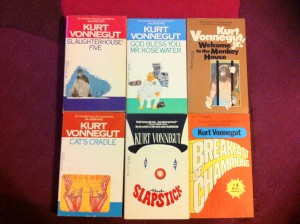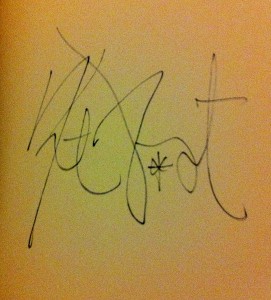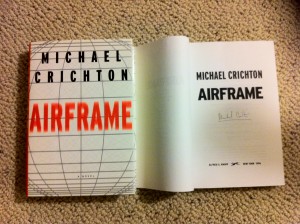 So it is the end of the year. Time for everyone to have their ‘best-of’ and ‘predictions for’ posts. I am no different. But I also want to state upfront that I reserve the right to change my mind at any time as new information presents itself.
So it is the end of the year. Time for everyone to have their ‘best-of’ and ‘predictions for’ posts. I am no different. But I also want to state upfront that I reserve the right to change my mind at any time as new information presents itself.
See, it isn’t about being right and have no mistakes. It is about having a position and then as the industry unfolds, shift those opinions to help see what is next.
Each of these “predictions” are things to consider and plan for in 2014. Some are continuations of things already happening. Some are extensions. Some are pivoted from others.
- Ebook sales will continue to rise at a double-digit rate. There are still many publishers that are converting backlist books.
- Amazon will continue to be the King Pin. But there are dents in the armor and challenges ahead.
- Now that the DOJ lawsuits are over and corporate publisher margins are better, look for consolidation.
- Children’s books in digital will increase considerrably as a % of sales. Much of this will be driven by dedicated tablets.
- B&N will shirk and close 10-15% of their stores. They will remain the biggest and most important book-chain in the nation.
- The numbers bandied about in the industry will continue to contradict as each estimate is made will less than full information.
- Pricing will continue to be managed and used as the primary ebook sales tool.
- New models will gain market share in the consumer eBook market. A form of “modified subscription” platforms will lead the change.
- The library ebook market will continue to be more experimental than consumer. Libraries will gain marketshare.
- Many “self-published” authors will create “independent publishers” and publish a list of books curated from other self-pubbed authors.
- Publishing will continue to shed jobs as profits remain high. The industry shifts as digital doesn’t need as many people to publish titles.
- Stephen King will have a #1 best-seller.
- Apple iBooks will overtake B&N Nook as the #2 ebook retailer.
- In an internet world of unlimited supply, brand names will continue to be important.

 The BCS is coming to an end after 16 years. Although many college football fans want to complain, their track record of having the top two teams in college football play for the championship worked. It was far better than the previous system of using polls and allowing teams to claim #1 even if they didn’t play anyone of note in the bowl game.
The BCS is coming to an end after 16 years. Although many college football fans want to complain, their track record of having the top two teams in college football play for the championship worked. It was far better than the previous system of using polls and allowing teams to claim #1 even if they didn’t play anyone of note in the bowl game.
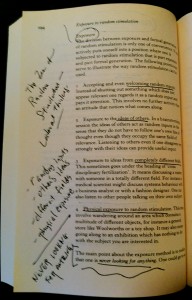 Then once any/all of the above are done, just observe and let things happen. Don’t try to force the issue too much. Let go of controlling that time and open your mind. I generally have the issue or problem in the back of my mind. So that I am aware of what might be helpful. But it is a struggle to try to maintain a blank mind. But it helps.
Then once any/all of the above are done, just observe and let things happen. Don’t try to force the issue too much. Let go of controlling that time and open your mind. I generally have the issue or problem in the back of my mind. So that I am aware of what might be helpful. But it is a struggle to try to maintain a blank mind. But it helps.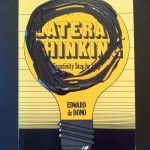
 I just finished reading
I just finished reading  A PBS Frontline documentary was made from the book. It premiered last month (OCT 2013). Although it was widely touted and reviewed, I have not seen it yet. I actually “read the book, before the movie.” Their website has this amazing interview outtake with
A PBS Frontline documentary was made from the book. It premiered last month (OCT 2013). Although it was widely touted and reviewed, I have not seen it yet. I actually “read the book, before the movie.” Their website has this amazing interview outtake with  There is progress with new commissioner Roger Goodell.
There is progress with new commissioner Roger Goodell. 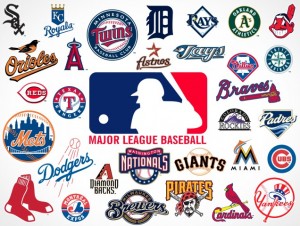 Bloomberg just came out with their
Bloomberg just came out with their 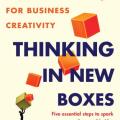 One of the books I am currently reading is titled THINKING IN NEW BOXES – A New Paradigm for Business Creativity. The book is written by Luc de Brabandere and Alan Ivy of the Boston Consulting Group. It is edited by Random House executive Will Murphy.
One of the books I am currently reading is titled THINKING IN NEW BOXES – A New Paradigm for Business Creativity. The book is written by Luc de Brabandere and Alan Ivy of the Boston Consulting Group. It is edited by Random House executive Will Murphy.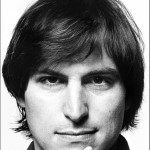 I never read a business book from front-to-back. I always skip around. I may read the last chapter first or the index. I also like to write in the books. These are both reasons why I seldom buy business eBooks. I much prefer the paper form. It is ideal for writing notes and for flipping around. I have found that digital just doesn’t deliver the same experience. So, I may read a business biography (
I never read a business book from front-to-back. I always skip around. I may read the last chapter first or the index. I also like to write in the books. These are both reasons why I seldom buy business eBooks. I much prefer the paper form. It is ideal for writing notes and for flipping around. I have found that digital just doesn’t deliver the same experience. So, I may read a business biography (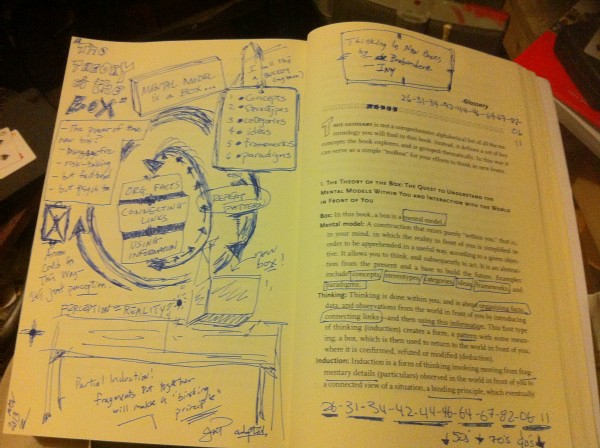

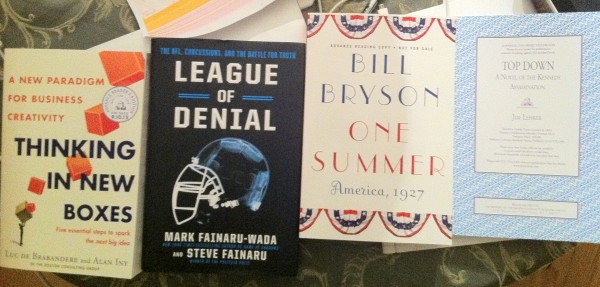
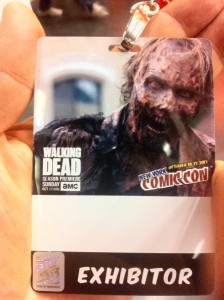 While many in the publishing industry attended the Frankfurt Book Fair, I chose to stay closer to home and go to the 8th annual
While many in the publishing industry attended the Frankfurt Book Fair, I chose to stay closer to home and go to the 8th annual 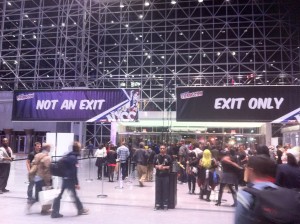
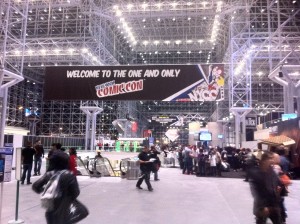
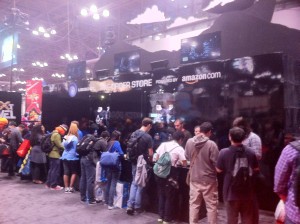
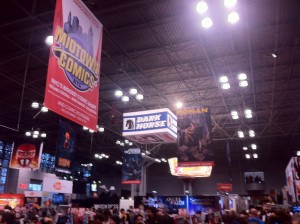





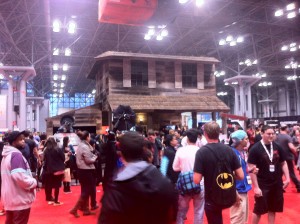
 I met Kurt Vonnegut twice.
I met Kurt Vonnegut twice.